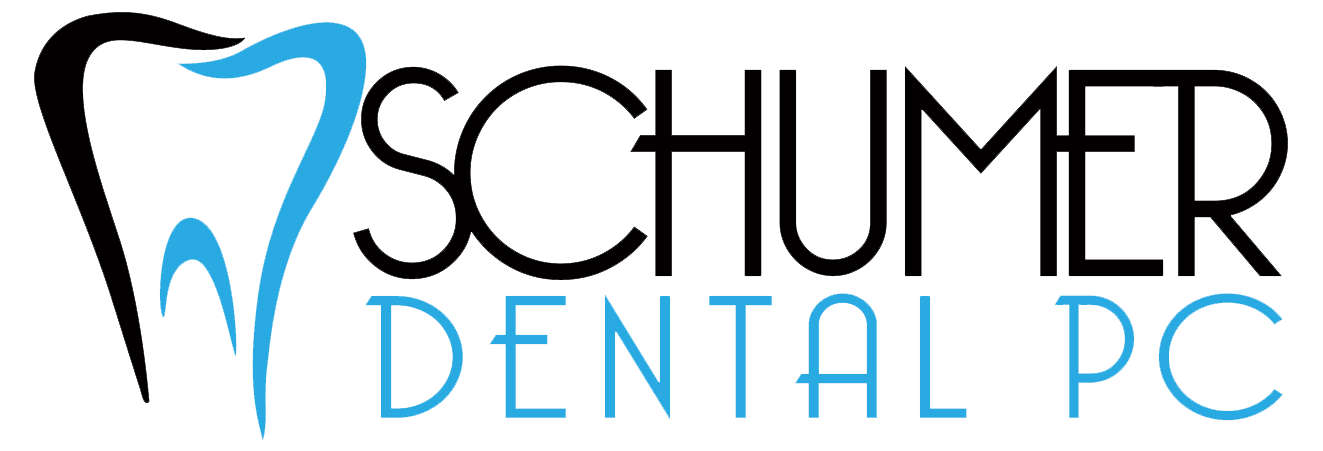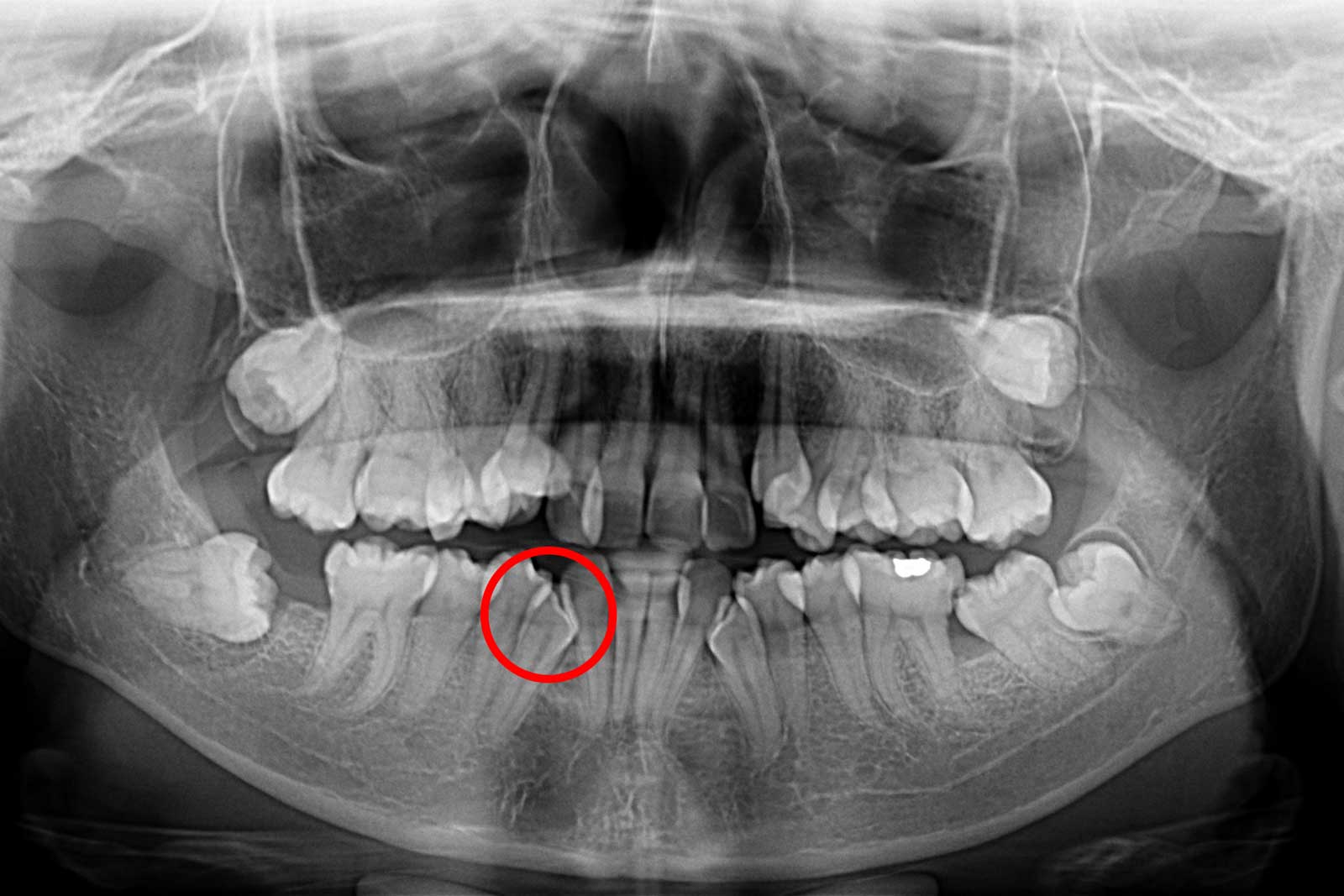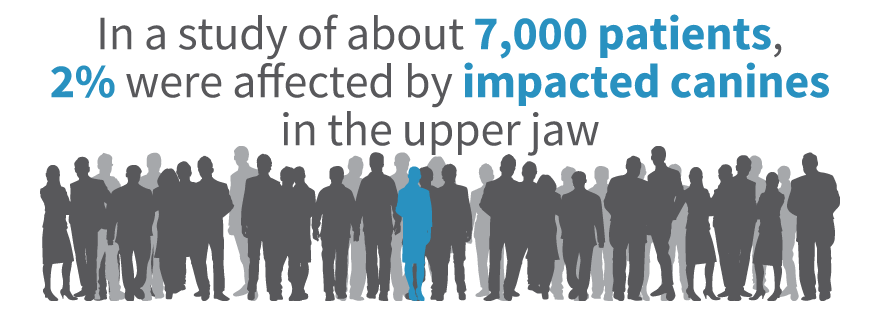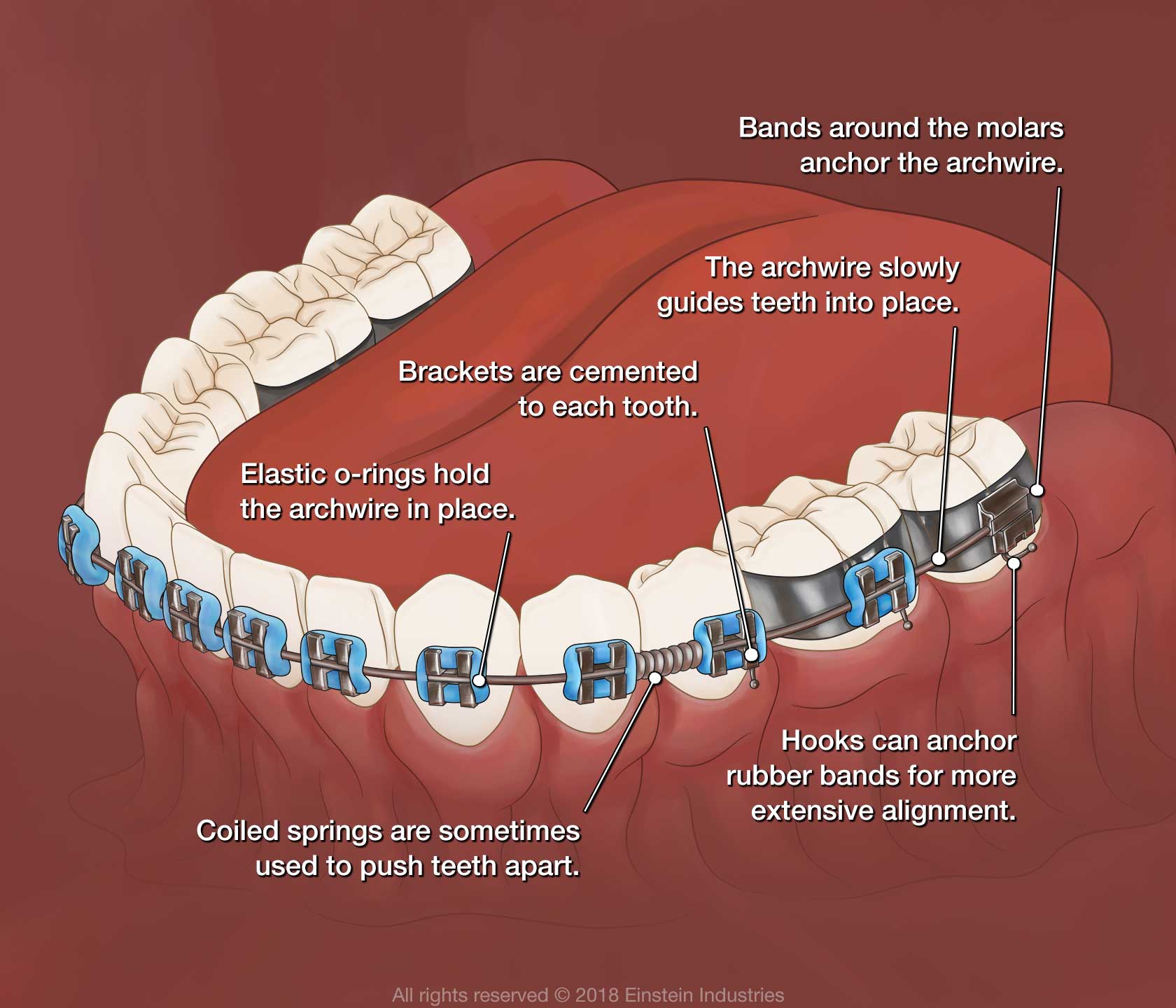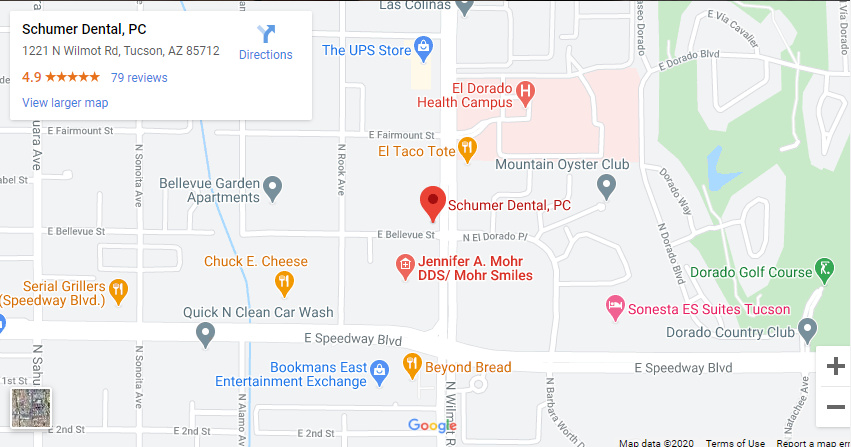Impacted canine teeth can cause many oral health issues and compromise the appearance of your smile.
The longer canines remain impacted, the more likely they are to cause problems. Fortunately, several treatments can correct this issue.
How do I know if I need to worry about impacted canines?
When to Become Concerned About Impacted Canines
- Delayed Eruption
Canine teeth (the long, pointed teeth next to the incisors) typically erupt between ages 11 and 12. If by age 14 or 15, they still have not appeared or the baby tooth is still in place, you may need treatment for impaction.
- Absence of Usual Signs
Generally, by age 10, children should have a bulge in the location where the canines are going to erupt. This lump should appear on the front of the gums, not on the soft palate.
- Tipped or Migrated Canines
In some cases, canine teeth can start to grow in crooked, sideways, or backward. These are signs of impaction and may require treatment.
What does an impaction look like?
Impacted Canines Are Difficult to Spot Without an X-Ray
When a tooth is impacted, it means the tooth is caught in the jaw or under the gums, meaning visible signs of issues are less likely.
If you suspect impacted canines, it is a good idea to schedule an appointment with your dentist for an x-ray.
Is there a way to tell if I’m at risk for impacted canines?
Impacted Teeth Are More Common for Women Than for Men
Studies show that canine impaction is about twice as common in females than in males.
Certain genetic factors can also affect how your canine teeth erupt. If a close family member had impacted canines, it is more likely you will also develop this condition.
What causes canine teeth to become impacted?
While the Cause of Canine Impaction Isn’t Always Clear, There Are a Few Common Factors
- Insufficient Jaw Space
A common reason canines fail to erupt is jaw space. For many patients with impacted canines, the tooth is too large to fit in the available space. This may happen because the jaw is crowded or too small.
- Timing of Tooth Loss
Baby teeth act as guides for adult teeth. If the baby tooth falls out too early or too late, it can affect the ability of the permanent tooth to grow in properly.
- Unusual Growth
Extra teeth, abnormal growths on the soft tissue, or other issues can all interfere with the proper eruption of canine teeth.
Are impacted canines unusual?
Maxillary Canines Are the Second Most Commonly Impacted Teeth
The only teeth more likely to become impacted are the wisdom teeth.
How will my dentist tell if my tooth is impacted?
X-Rays Are an Excellent Tool for Identifying Impacted Teeth
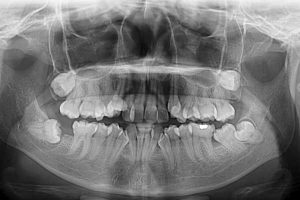
Generally, the older a patient is, the less likely canine teeth will be to erupt on their own.
Is there any way to avoid serious issues?
Early Diagnosis Can Help Avoid Problems
- Schedule an Orthodontic Exam Early
The American Association of Orthodontists (AAO) recommends all children undergo an orthodontic evaluation no later than age seven. This appointment allows an orthodontist to spot potential issues with canine teeth before they become a problem.
- Extracting Extra Teeth
Some individuals have a condition known as hyperdontia, which causes extra teeth to grow. These extra teeth can cause overcrowding and prevent canine teeth from erupting properly. Removing these teeth early can help prevent impaction.
- Interceptive Orthodontics
More and more orthodontists recommend children undergo early treatment to help ensure the jaw develops properly. Interceptive treatment can include braces, palatal expanders, or other devices that create enough space in the jaw for all teeth to erupt at the right time and in the right place.
Is early treatment really that important?
“The most desirable approach for managing impacted maxillary canines is early diagnosis and interception of potential impaction.”
– Journal of Pharmacy and Bioallied Sciences
When Prevention Isn’t Possible, Orthodontics Can Make a Big Difference
Braces or other orthodontic treatments can create space for the canine teeth to erupt and then guide them into place. Adults may need a minor procedure to expose the impacted canine and place a bracket to pull it into position.
Your Dentist May Recommend a Different Treatment, Depending on the Cause and Severity of the Impaction
- Leave the Impacted Canine but Fill the Space
One option is to leave the impacted tooth and fill the gap with a restoration, such as a dental bridge.
- Extract the Canine
Removing the canine tooth is a generally considered a good choice if the tooth is crooked and could cause damage to neighboring teeth.
- Do Nothing
If you do not mind the gap in your smile and the impacted tooth is not causing issues, you have the option of doing nothing.
What should I do?
Schedule an Appointment
If you are concerned about impacted canines, make an appointment. Your doctor can assess your issues and determine the best way to maintain the health and beauty of your smile.
